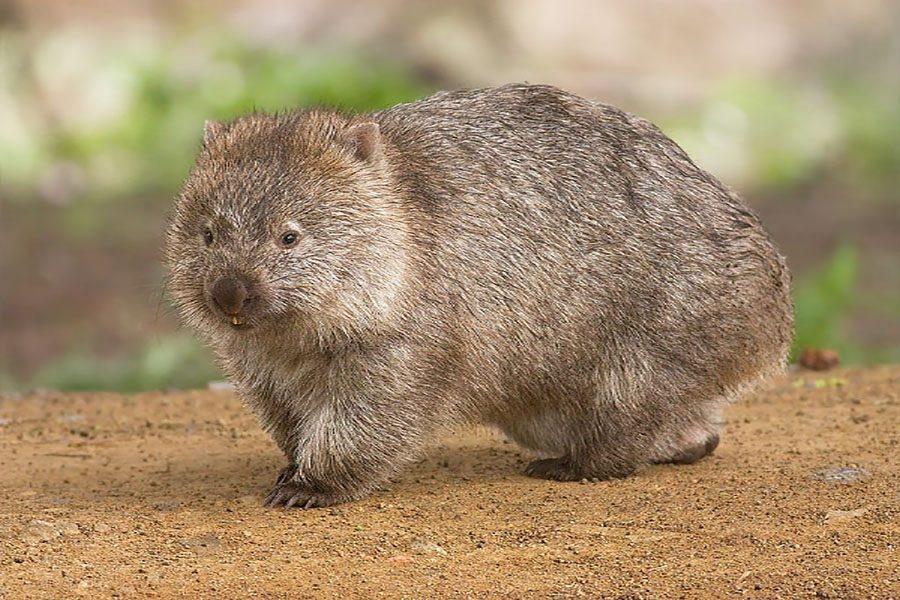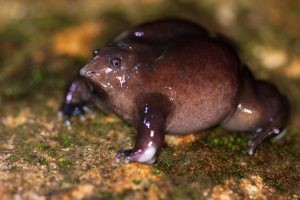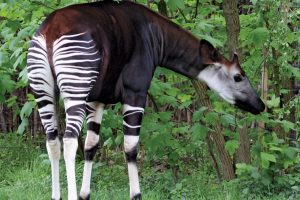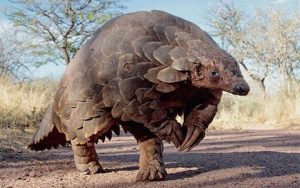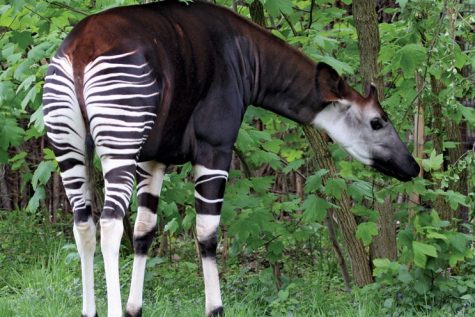Mammal Of The Month: Wombats
Credit: Creative Commons
The Wombat is more than just a cuddly animal.
March 24, 2017
Australia gets all the coolest animals. Emus, kangaroos, koalas, tasmanian tigers, blobfish, platypus, and, most importantly, wombats. Wombats are short, kinda fat little marsupials that live in groups called wisdoms, mobs, or colonies. They have many interesting features and uses, as well as some downsides, but are positive overall. Koalas are their closest relatives, but differ in lifestyle and lifespan.
While it’s true that they’re wild animals, wombats can make great pets. Well, at least while they’re young. As a wombat gets older, it becomes more aggressive and destructive. If it wants food, it will find it. According to Wombania, “They can tear holes in fences, doors, and even walls. There’s not much that will stop a wombat other than concrete or steel.” If you’re looking for more information about wombats in human houses, you can check out the book Diary of a Wombat. It follows the thoughts of a wombat as it enters the human world and continues it’s never-ending hunt for food. Published in 2002, it has received a 4.2/5 rating on Goodreads, as well as the ALA Notable Children’s Book award. Unfortunately, it’s on a Pre-K reading level. Anyway, these extremely strong and persistent animals belong in the wild, surrounded by their favorite food: Grass. They love grass. Wombats are nocturnal herbivores, and usually spend three to eight hours a night munching on grass. They’re not too picky, however, as their diet also reaches out into the root and bark categories, which help to wear down their constantly growing teeth.
Contrary to their closely related, tree-dwelling relatives, the koalas, the wombat burrows down and lives underground. They can burrow a great distance, including underneath farms, giving them a reputation as kind of a nuisance. As well as a cozy place to sleep, wombat’s burrows have other uses. Protection is a big one. Wombats are hunted primarily by dingoes, foxes, and Tasmanian devils. If a female feels threatened or is being chased, it can jump into its burrow and use its tough back to protect the rest of it. Another tactic is to lead predators fairly deep into the hole, then use their powerful back legs to kick up and crush the predators head against the top of the tunnel, which usually results in a kill for the wombat. If the predator doesn’t chase them into the tunnel, the wombat can just hide until it leaves, and they both live to see another day. Additionally, while they look slow, wombats can maintain a speed of 25 miles per hour for up to 90 seconds, which could get them out of a pinch.



